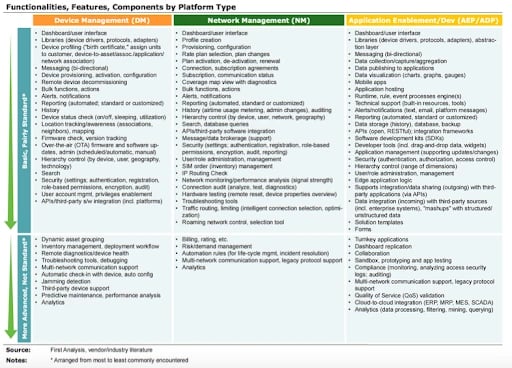The integration of a Full-Stack IoT RTLS has proven to be the future for business owners who desire to enhance their business tracking in 2022. An RTLS system provides your company with real-time location tracking and monitoring. For companies researching RTLS solutions, having a full-stack system is essential.
What is a Full-Stack RTLS Solution?
Before we get into the benefits of a full-stack solution, it might be helpful to define and illustrate this feature. In regards to asset tracking, a full-stack solution is one that provides both hardware and software in one package. This package supports software that connects edge hardware, access points, and data networks to other parts of the value chain.
Since the Internet of Things (IoT) is such a complex networking environment, it is evident that there are numerous different types of Full-Stack IoT platforms for customers to select from. IoT platforms generally are affiliated with ongoing management tasks and data visualization that gives users the ability to automate their environment.
Join the AirFinder Difference!
- Innovation. Organizations can be freed up to innovate and bring more impactful products and services to market.
- Profitability. Increased profitability provides new opportunities to innovate and improve valuation.
- Digital Transformation. Discover competitive advantages, new revenue opportunities, improved customer relationships and increased efficiency.
Main Types of Full-Stack IoT Platforms
There are three main types of IoT platforms that are popular within the IoT Industry:
- Application Enablement: This form of IoT platform allows companies to scale to millions of devices around the world. Application Enablement offers templates, modules, and widget-based frameworks that gives users the ability to create end-user applications.
- Device Management: This software solution simplifies the management of IoT devices and IoT software. The purpose of device management is to monitor, to troubleshoot, and to administrate endpoints.
Which Full-Stack Platform Works Best For Your Company?
There are few considerations that must be made before you choose which platform would work best for your company. The specific platform that works best for your company can be determined through hardware, protocols, real-time access, custom reports, and more. The top five aspects to consider when deciphering which platform works best are:
- 1. Company budget
- 2. Capacity of the in-house team
- 3. Business model of the company
- 4. Security
- 5. Platform life expectancy
Although there are many other aspects that should be considered, these five considerations are a strong starting point. The more knowledge that your company has in regards to the IoT industry, the more efficient the investing process will be. It is extremely important to brainstorm what your complete IoT system will look like at scale before you select which features are most important to you. Once this is completed, then your company will have the ability to decide what platform type you need.
The Benefits of a Full-Stack IoT Solution
Now that you have learned about the three different types of IoT platforms, we can dive into the benefits that come with these solutions. The image below shows the benefits that each platform has the capability of providing to your company.
Full-Stack IoT solutions specifically in RTLS bring an unbelievable amount of benefits that will help grow your company greatly. If your company is in need of a proper asset tracking system, look no further than Link Labs.




